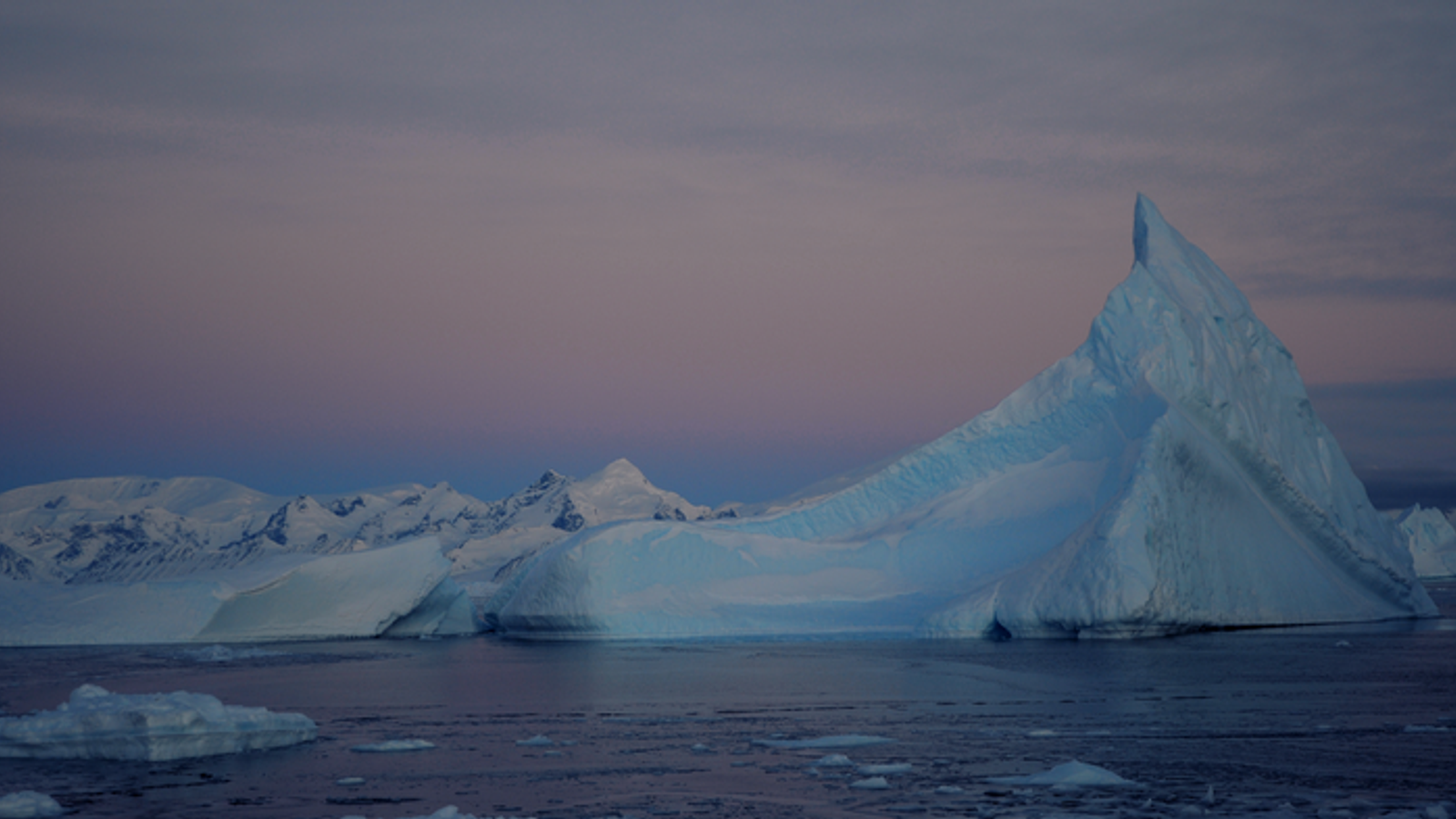More than 3,000 billion tonnes of ice has been lost in the Antarctic’s fastest-changing region – the Amundsen Sea Embayment – in just 25 years.
If this quantity of ice was piled on London, it would be stacked 2km high – over seven times the height of the Shard, research by the University of Leeds suggests.
Should it be piled on top of Manhattan, the Empire State Building would be buried 137 times over with the ice and snow standing at 61km tall.
Located in West Antarctica, the Amundsen Sea Embayment is comprised of 20 major glaciers and covers more than four times the surface area of the UK.
It plays a crucial role in the level of the world’s oceans.
If its glaciers fully melt, so much water is held in its snow and ice that global sea levels would rise by more than a metre.
The research, published in the scientific journal Nature Communications, calculated the “mass balance” of the Amundsen Sea Embayment.
It describes the balance between mass of snow and ice gain due to snowfall and mass lost through calving, where icebergs form at the end of a glacier and drift out to sea.
When calving happens faster than the ice is replaced by snowfall, the Embayment loses mass overall – and this contributes to a global rise in sea levels.
The result would be the same if the supply of snowfall were to drop.
Read more on glaciers:
Antarctica’s ‘Doomsday’ glacier is ‘in trouble’
Earth risks losing 40% of glacial mass if it doesn’t give up fossil fuels
Major glaciers to disappear by 2050
The study saw a net decline of 3,331 billion tonnes of ice between 1996 and 2021 – contributing more than nine millimetres to global sea levels.
Dr Benjamin Davison, who led the research, warned there is “no sign that the process is going to reverse anytime soon” – but there were “periods where the rate of mass loss did ease slightly”.
“Scientists are monitoring what is happening in the Amundsen Sea Embayment because of the crucial role it plays in sea-level rise,” he said.
“If ocean levels were to rise significantly in future years, there are communities around the world who would experience extreme flooding.”
Importance of extreme snowfall events
Scientists observing how air currents move around the world also identified that the Amundsen Sea Embayment had experienced several extreme snowfall events over the 25-year study period.
These would see periods of intense snowfall, or inversely, a snow drought.
Between 2009 and 2013, the models revealed a period of persistently low snowfall, or “snow drought”.
This lack of nourishing snowfall starved the ice sheet, causing it to lose ice and contribute around 25% more to sea level rise than years of average snowfall.
In contrast, the winters of 2019 and 2020 saw very heavy snowfall.
This downpour mitigated the sea level contribution from the Amundsen Sea Embayment, reducing it to about half of what it would have been in an average year, according to the scientists’ estimates.
Satellites such as the European Space Agency’s Copernicus Sentinel-1 satellite, which uses sensors that see through cloud even during the long polar night, have transformed the ability of scientists to monitor remote regions and to monitor the incredibly rapid change taking place in Antarctica.








